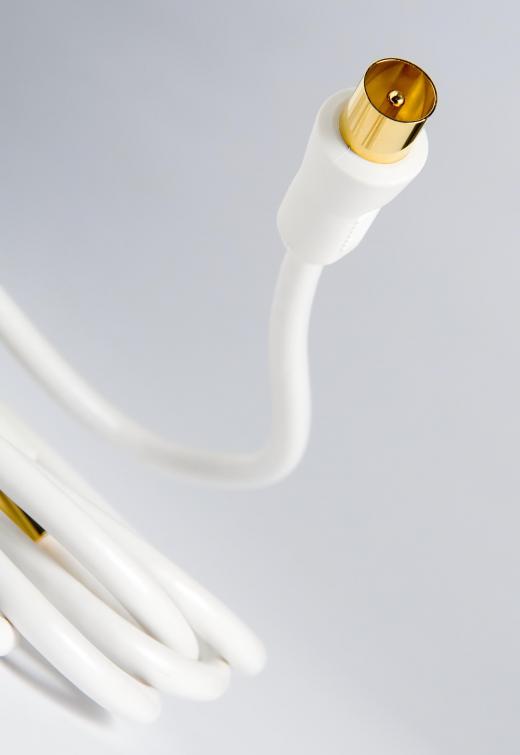A dipmeter is a device used to measure the resonant frequency of radio circuits. More specifically, it measures how much absorption is present in a high-frequency circuit coupled with the effects of any nearby magnetic fields. The device also goes by other names, including "grid dip oscillator" (GDO) and "grid dip meter."
The dipmeter is a device known as an oscillator. Oscillators create an electronic signal that is repetitive in nature. When in the presence of a circuit — and, in the case of a dipmeter, a radio circuit — the signal changes to reflect the information being gathered. The record of the electronic signal is called a dipmeter log, and the changes to the signal are how information is gathered and interpreted.

A coil on top of the unit allows the dipmeter to measure resonant frequency. When placed near the circuit, the coil begins to pick up electromagnetic information, which it then displays on its screen. Placing the coil too close to or directly on a circuit or any nearby metallic objects can skew the results being displayed and potentially damage the device.
Dipmeters operate in a few different ways depending on the specifics of the device model being used. Some basic units have built-in knobs that allow a user to tune the generated frequency and a live meter that allows users to see the information being received. The meter contains a needle that adjusts its position based on the resonant frequency being measured. Other units are more complicated and can connect directly to a computer and output their findings using associated computer software.
Dipmeter devices have a wide variety of applications in a number of different fields. For example, dipmeters can be used during the manufacturing of coaxial cables used to transmit data. A dipmeter can be used to determine the appropriate length of a coaxial cable, as well as to measure its appropriate level of inductance. Dipmeters are also widely used by amateur radio operators to measure transmission frequencies.
Dipmeters can also be used by amateur radio operators as a rudimentary signal generator. Instead of analyzing an existing frequency, the dipmeter can create its own. This may be necessary if a person is attempting to tune or adjust radio equipment and needs a strong, constant signal by which to make calculations or adjustments.
